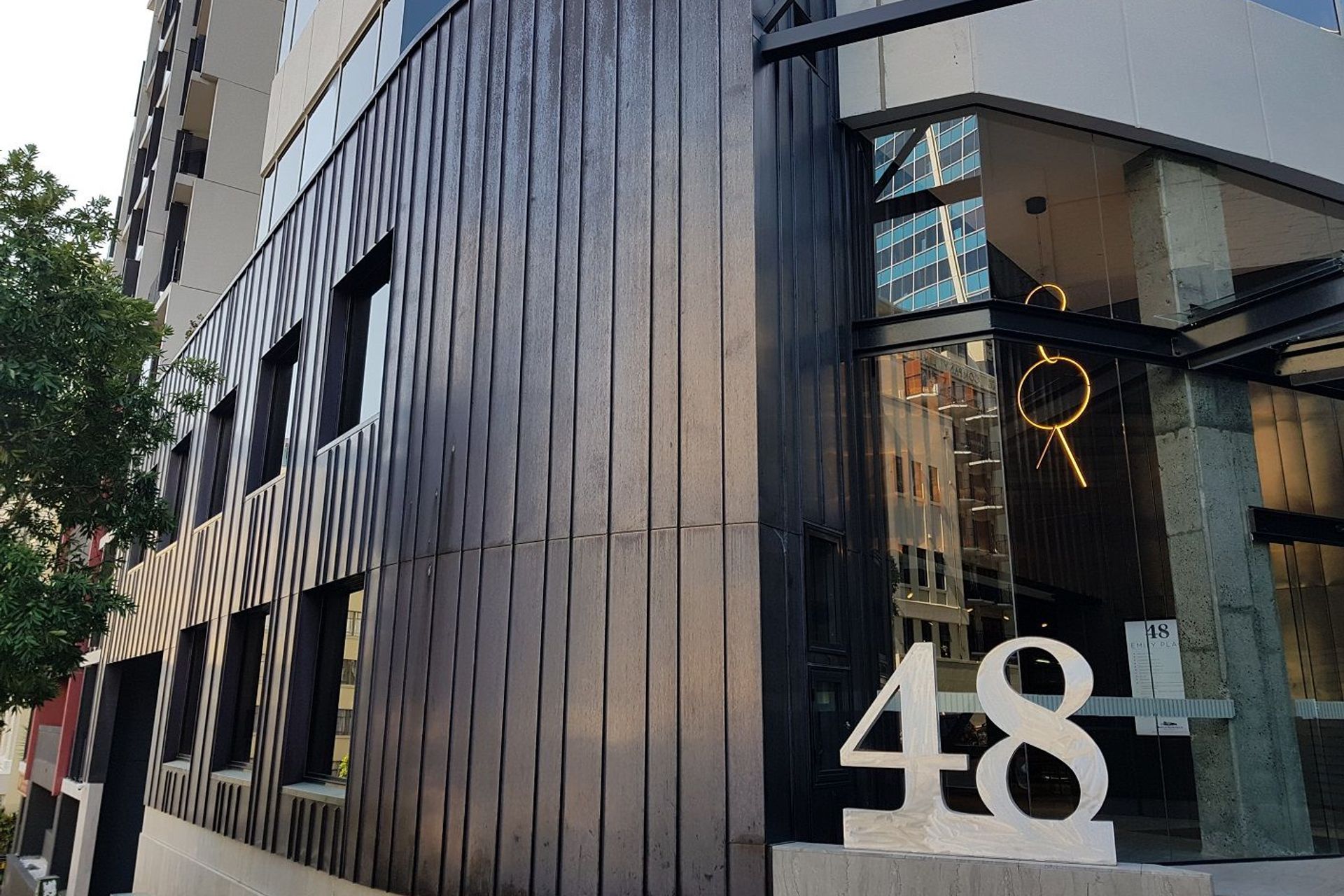A life of their own: the ever-changing beauty of weathering metals
Written by
01 July 2019
•
4 min read

Weathering metals evolve in a similar way to humans, ageing over the years with appearances changing as time marches on. The beauty of choosing these metals is the constant movement of colour and patterning as they evolve to reflect their environmental surrounds. We spoke to Ambro Metals about what to expect during the weathering process.
Copper and copper-based metals such as brass and bronze have historically been the most used weathering materials for construction, with projects utilising them dating back as far as around 300 BC.
Weathering metals are a sought after cladding and roofing material because of the natural processes they move through; each stage and the pace of change a direct reflection of the environment in which they are placed. The patina created is a result of a complex process in which the substrate material forms a protective oxide layer around it - the depth of which depends on climatic conditions.
Copper and copper alloys move through a beautiful range of colours as they age or weather. Changes develop through iridescent pinks, oranges and reds, infused with brassy yellows, blues, greens and purples before the final blue-green patina is reached anywhere from 10 years after it was first exposed to the elements.
“New Zealand can be largely considered a giant Pacific island, with high temperature variations, high UV exposures and large amount of salt-infused moisture - all of which have a direct impact on the formation of a patina,” Ambro Metals’ Stephen Davies says.
“In most parts of New Zealand, copper and dominant copper alloys age naturally to a desirable blue-green patina relatively fast. In central locations like Queenstown, Wanaka and Tekapo the dry and barren climate encourages more of a dark russet brown and slate grey patina over a longer period of time.
“Over time, the weathering of copper and its alloys will reach a concluding equilibrium with its local environment. This condition of equilibrium is very stable and the substrate’s requirement to build sufficient protection is met, hence the further development of the patina is discontinued. The final colour of the oxide will vary depending on the local climate conditions.”
Choosing a weathering metal is a way to enjoy the beauty of a ‘living’ material that creates an ever-changing array of patterns and colours as it responds to its environment. “Each metal will react differently to unique environments,” Stephen says. “The smallest change in air quality will have a direct impact on the metal. Factors such as salt, rainfall levels, humidity, geothermal factors and air impurities all affect weathering metals and change their appearance.”
Bypassing nature to create an instant patina
Despite the complex processes and lengthy period of time in which copper weathers naturally and develops its final patina, there is no longer and need to wait for this to occur with the introduction of pre-aged metals. “These are known as the Aurubis Nordic range of copper and copper alloys,” Stephen says. “These pre-weathered metals allow for an immediate raw patina on new projects, achieved by applying a treatment in a factory-controlled environment to mimic the natural process,” Stephen says.
The copper family now also includes terne-coated copper, which is copper with a zinc and tin coating that ages differently to copper, moving through a palette of grey to dark grey shades. “The initial satin-embossed surface of terne-coated copper reacts immediately when exposed to external environments, and just like copper, the surface begins to form a protective oxide layer. Terne-coated copper does not produce the same hues in the patina as bare copper does but forms a stone-like surface, ultimately creating an earthly, matte patination that mixes well with modern design and natural materials.”
Natural weathering metals are sought after for their ever-changing beauty and old-world charm. However, that means they are also at the top of price range. “There are other ways to create the same aesthetic in a more cost effective way though,” Stephen says.
“For example, we offer a painted finish on aluminium which is very unique called EuraZinc Pro. The paint has zinc particles in it that makes the paint react and weather, moving from a light grey blue to a motley darkened grey blue tone over time. It creates that real ‘old world’ look in a cost effective way.”This product is attractively eco-friendly and is produced with a PVdF water-based paint system which has no leaching of zinc particles. With strong inland warranties of up to 30 years, low weight and achievable price range it makes for the perfect alternative to copper.”
Established in 1981, Ambro Metals are specialists in the sourcing and supply of high quality architectural metal products.
Visit Ambro Metals on ArchiPro here to see their wide range of weathering metal options.


